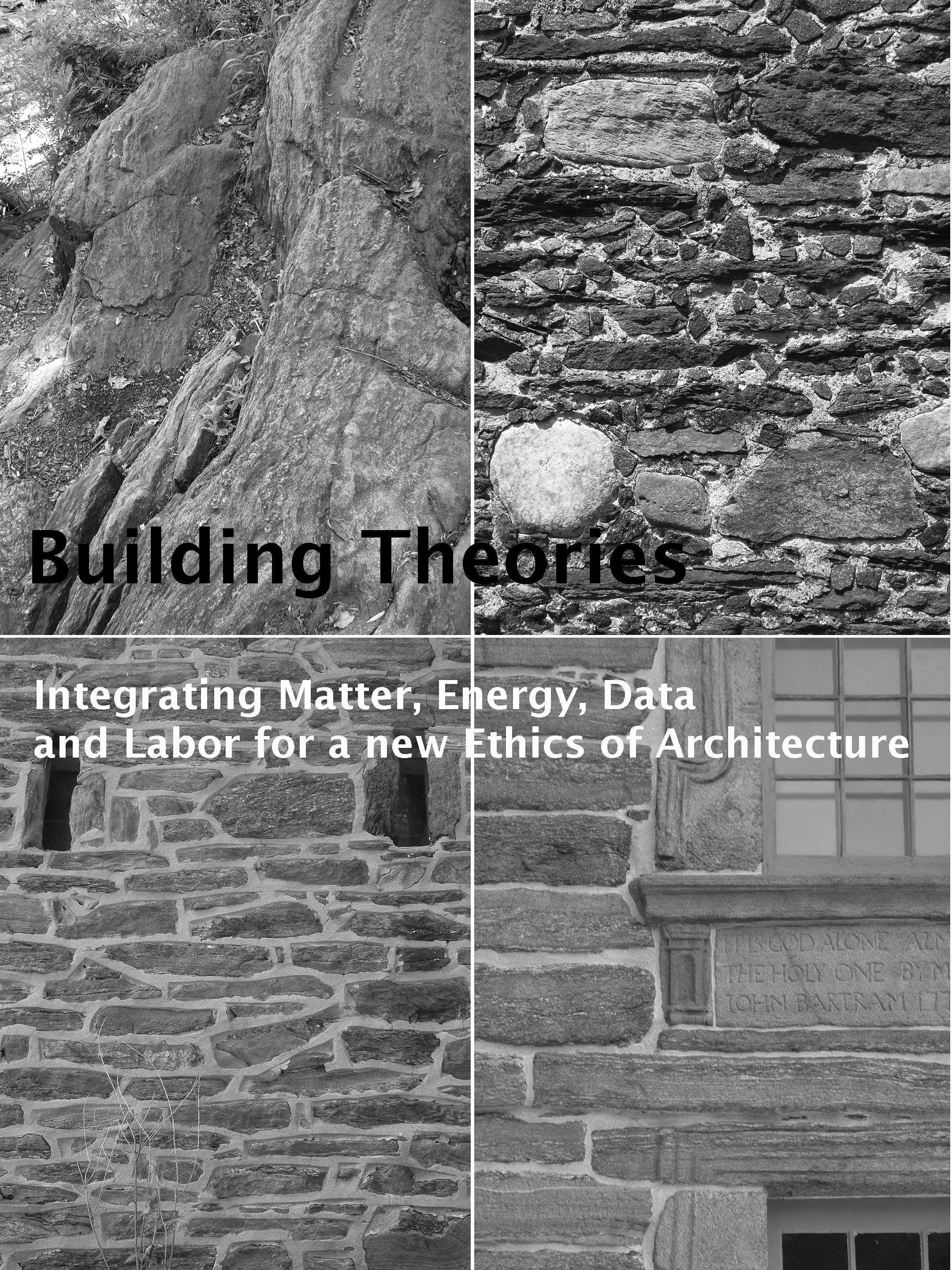Abstract
This book explores significant and timely topics for both the design and construction of contemporary architecture by challenging its very practice of theory. The frequency and scale with which ambitious architectural projects are conceived stupefy even the most jaded of observers; the majority of which are increasingly constrained by diminishing access to material and energy resources, the networked exchange of vast quantities of electronic data, the promotion of highly roboticized forms of fabrication, and the massive displacement of a globalized yet under politicized workforce. In this context, understanding the extent to which these technologies and techniques have significantly transformed the practice of architecture is surely important. Yet, no less important are the consequences they will have for the way in which we ‘think’ about architecture.
Building Theories - Integrating Matter, Energy, Data and Labour for a new Ethics of Architecture proposes an alternative definition of architectural theory; one that is able and willing to confront the many contradictions now faced by designers, architects, engineers, and builders who negotiate often-overwhelming technological imperatives. It valorises the as yet untapped potential of ‘thinking through building’, preparing the foundations for a critical return to the art of making that is architecture.
The opening chapter (Re-Building Theory) reviews the field’s most immediate past, including its post-68 dismissal of all things related to building; it also undertakes an exegesis of the ‘art of building’ as a reflective practice aligned with fabrication, reviewing seminal architectural treatises published between the 17th and 20th centuries. As a demonstration of its own values, Building Theories deploys architectural speculation across the fields of material science (Hybrid Tectonics), energy based design (Spatialising Climate), data driven customization (Modeling Information), and labor (Building Justice). So doing, these four essays articulate new terms and techniques for interpreting practice based phenomena that engages buildings as buildings. The concluding essay (Building Theory as Integrated Practice) addresses the critical discourse attendant to architecture’s relationship with others. Little that is projected in the architect’s imagination is executable without a concerted effort at interdisciplinarity and collaboration. In this light, a re-reading of the notion of design as integration, first articulated by architects and engineers following WWII, is offered. For only in devising strategies for reconnecting architectural thought to the values, desires and thoughts of others can theory once more participate in the construction of an ethical ground for practice.
